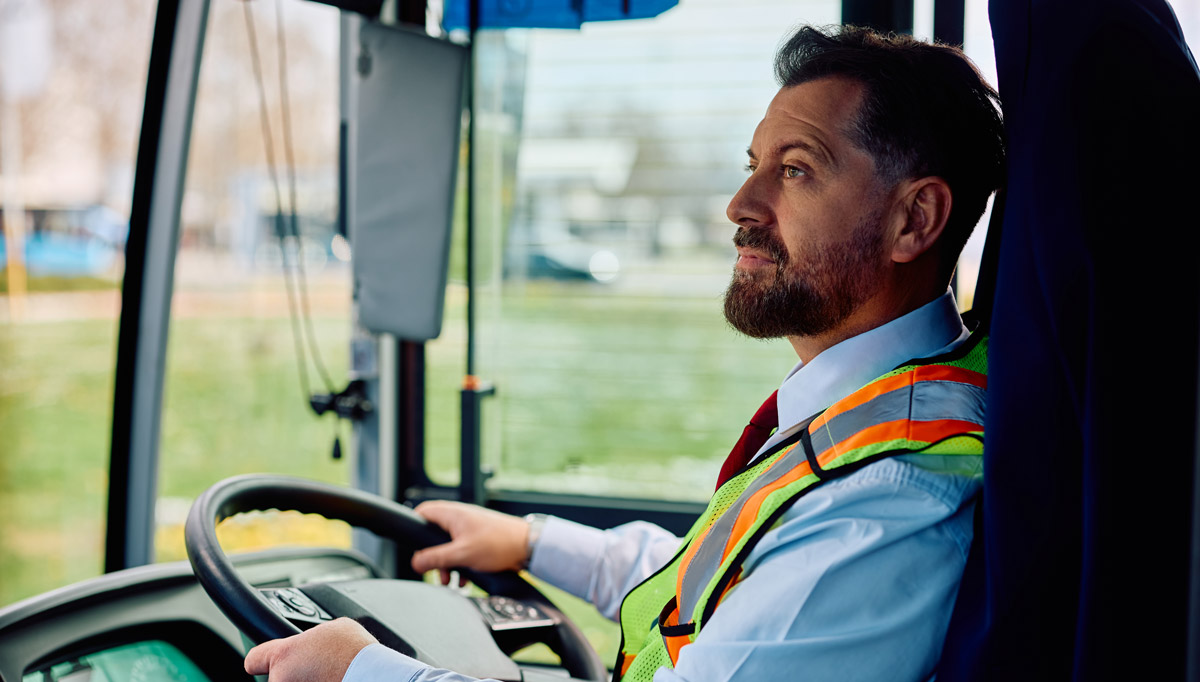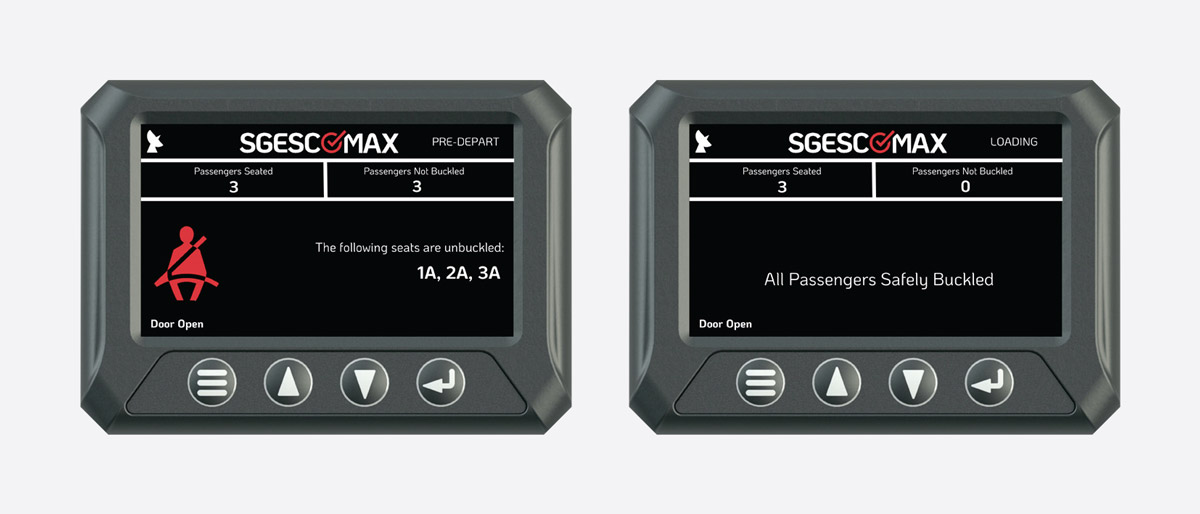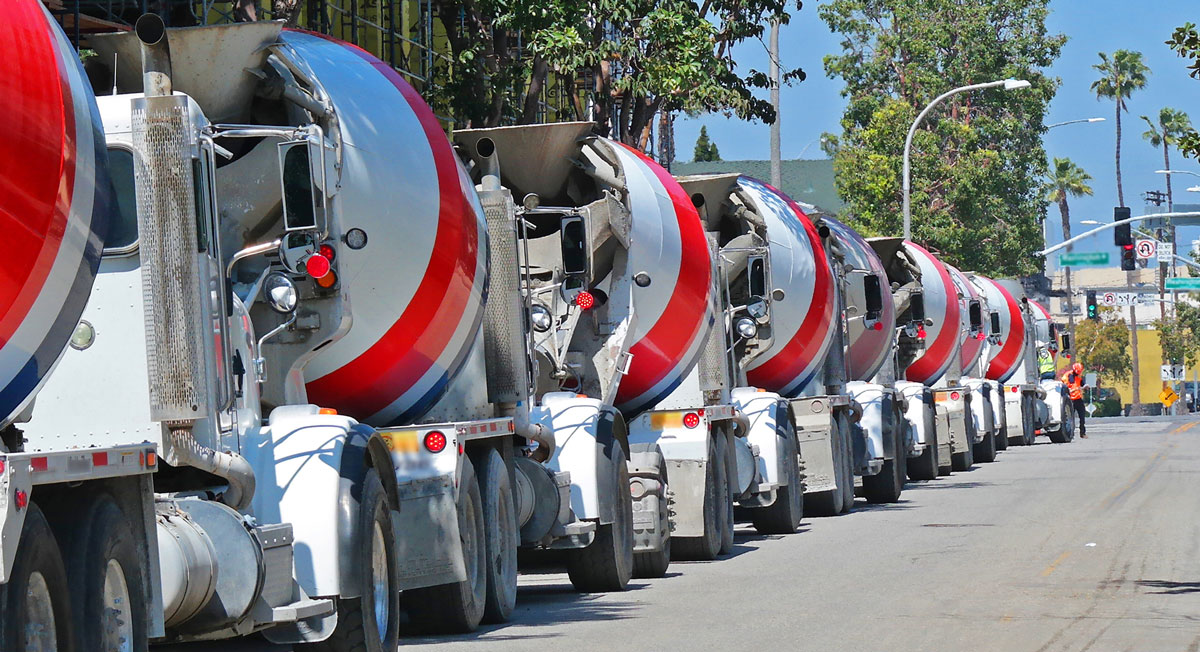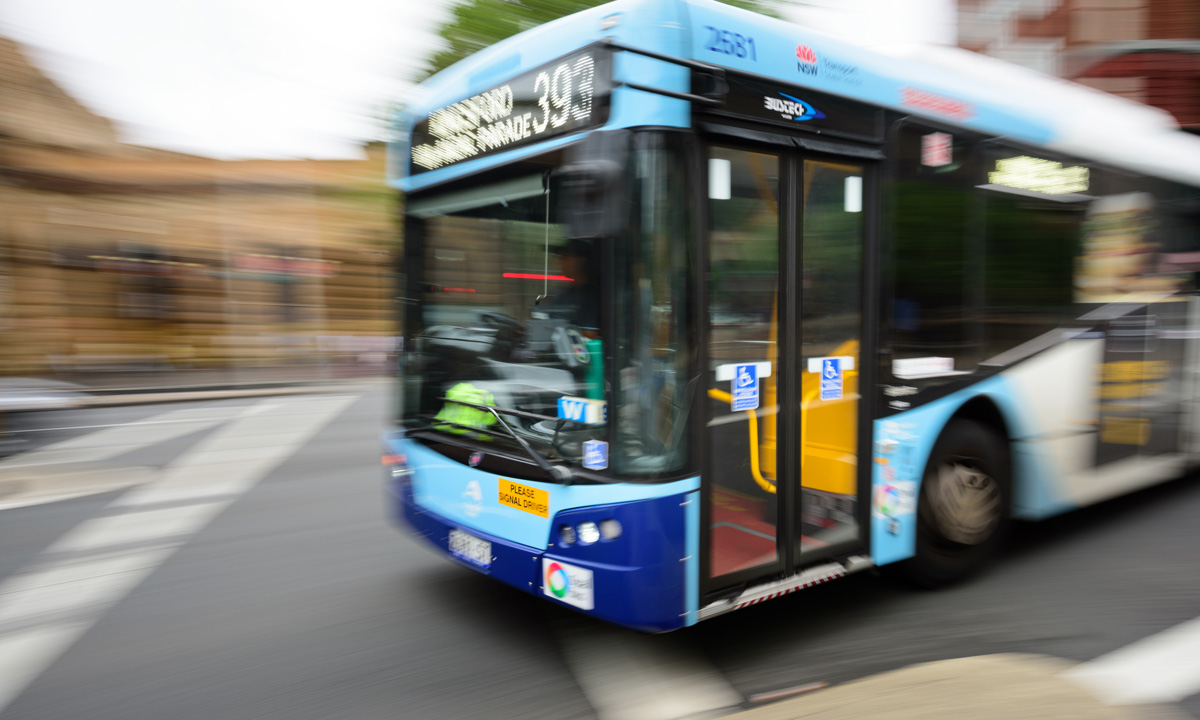New Heavy Vehicle Compliance Standards
CLOCS-A calls for construction companies to ensure the safest vehicle journeys. CLOCS-A (Construction Logistics and Community Safety – Australia) is...
“Seat belts in buses” law and related safety issues are in the spotlight after a bus tragedy in June in the Hunter Valley, NSW, where 10 wedding guests were killed when their bus rolled due to excessive speed going through a round-about.
This follows 18 children in Victoria being hospitalised after their school bus was hit by a truck in May, with some of the children requiring amputations.
Bus roll-over incidents and related deaths are rare (21 in 2021), however, collision accidents and injuries are not, often resulting in whiplash, head and facial injuries along with injured limbs.
Seat belts save lives and dramatically reduce the risk of injuries – which is why, following two horrific bus crashes in NSW in 1989, it became law for commercial coaches to have seat belts for occupants to use. Other states have varying legislation around the use of bus seat belts. NSW has continued to lead, requiring all 2800 regional and rural school buses to have a 3-point seatbelt system. The program, which cost $200 million was completed at the end of 2020.
In both recent 2023 tragedies, the buses had seatbelts.
The challenges come in:
a) enforcing occupants to wear their seatbelts
b) the ambiguity around what is the law in terms of wearing a seatbelt
c) how to monitor if occupants are wearing their seatbelts and ensure they do so
d) who is ultimately liable if someone is not wearing a seatbelt – and how is this policed?
Some of these challenges are straight forward to resolve; others, more complex.
The MAX-SAFE SeatBelt Warning System ™, for example, has been designed to specifically manage the third point helping bus fleet operators deliver on their duty of care (more on this below).
NSW
Where there are seatbelts on buses and coaches, occupants are required to wear them. NSW Premier, Chris Minns, argues it is the driver’s responsibility to ensure passengers wear seatbelts. Fines of $352 apply for not wearing a seatbelt.
VIC & QLD
Where there are seatbelts on buses and coaches, occupants are required to wear them. However, bus drivers are exempt from monitoring or enforcing passengers to wear seatbelts.
WA
Seatbelts are compulsory on all school buses and must be worn.
SA
Where there are seatbelts on buses and coaches, occupants are required to wear them. However, bus drivers are exempt from ensuring passengers under 16 years of age are restrained.
NT & ACT
Where there are seatbelts on buses and coaches, occupants are required to wear them.
TAS
Still not mandatory to have seatbelt on school buses.

The tightening of Australian CoR regulations in 2023 with respect to Heavy Vehicles (which includes buses) requires all those involved in such businesses (including boards) to identify and implement measures that are reasonably practicable to ensure safety.
At SGESCO-MAX we see 3 steps to this process when it comes to safety on buses and duty of care:

Most people don’t wilfully not fasten their seatbelt on a bus. It’s a new habit that people need to get used to when travelling on a bus. A bus driver shouldn’t have to remind a passenger to buckle their seatbelt, but with a safety solution like the MAX-SAFE Seatbelt Warning System, they can be quickly assured that passengers are complying.
When it comes to imposing fines on occupants for non-compliance, it would be hard for road camera devices to be effective, as they are less likely to have visibility into a bus, and again the onus needs to be on the passenger. We do believe, however, that the above measures would help increase the number of people wearing seatbelts on buses without punitive threats.
A bus driver is not in a position to constantly check that people have fastened their seatbelts. But by having a seatbelt warning system that can quickly show them which passenger/s are not fastened correctly, all on a highly visual display – the driver can easily ensure everyone is safer while travelling
The MAX-SAFE Seat Belt Warning System is an intelligent system that can allow for seats being unoccupied. It gives peace of mind to drivers and coach companies that they are doing their best to ensure occupant safety.
Additionally, this solution is an added safety feature that bus companies can promote as part of their offering, ensuring travellers will be safely secured during transit. It’s peace of mind for anyone hiring a coach or booking a seat, knowing the operator has good safety policies and systems in place. It’s a measure that goes beyond ensuring drivers are safety-conscious and experienced.
More info on the MAX-SAFE Seatbelt Warning System can be found here.

CLOCS-A calls for construction companies to ensure the safest vehicle journeys. CLOCS-A (Construction Logistics and Community Safety – Australia) is...

Truck reversing is one of the most difficult aspects of driving a heavy vehicle due to the blind spots involved and the manoeuvrability requirements....

SGESCO-MAX has proven safety solutions for new NSW Bus Requirements for door safety systems. As of January 2023, new bus safety systems have come...
